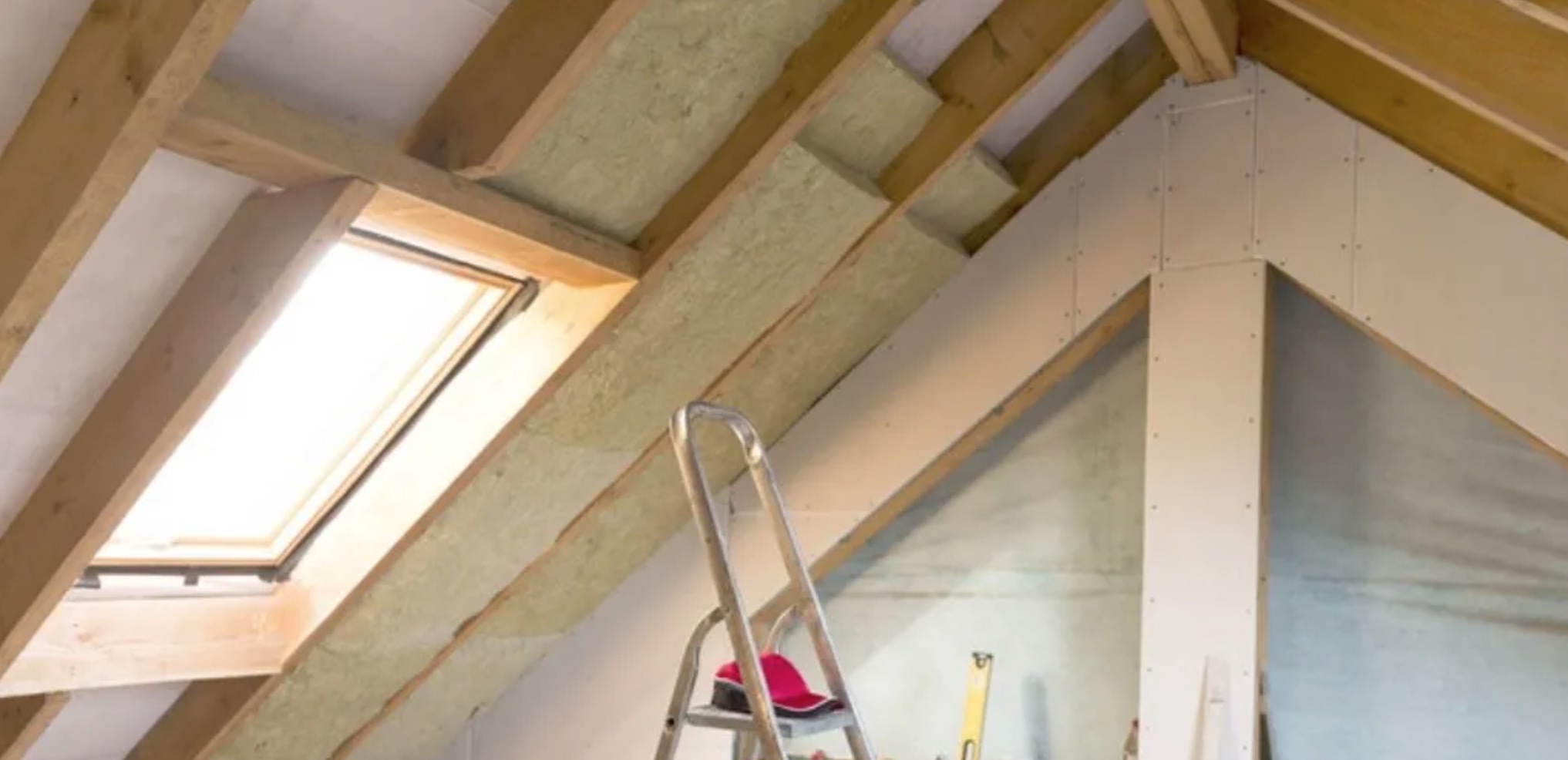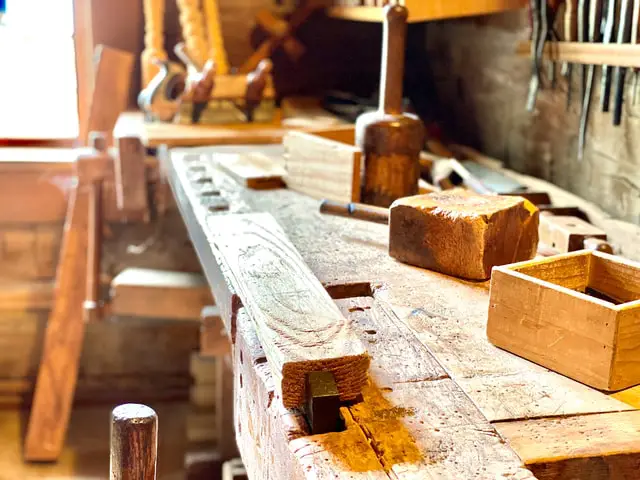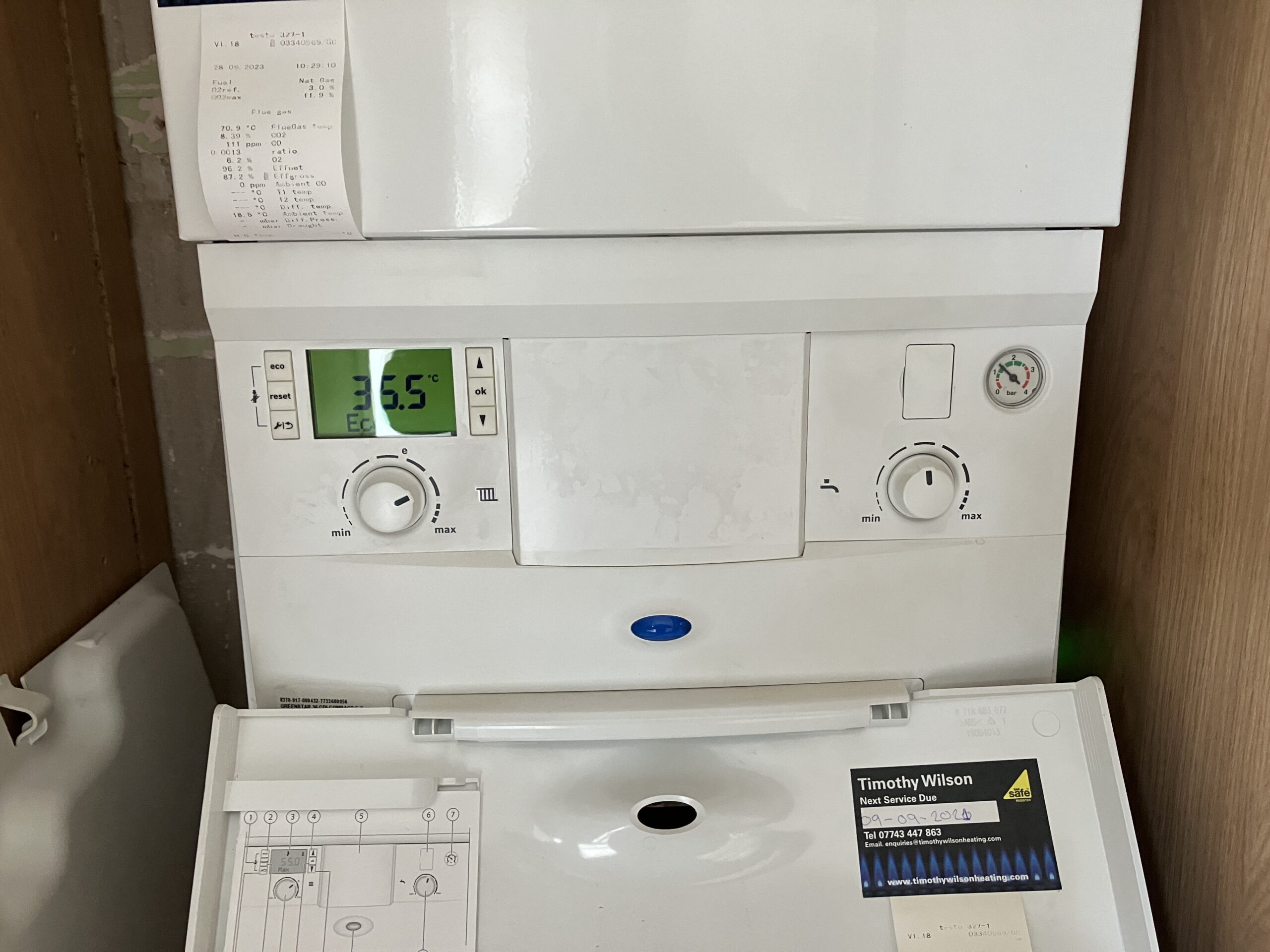<strong>How to Incorporate Biophilic Design Into Your Home</strong>
In an age where people are starting to question whether technology plays too large a role in their lives, it’s perhaps understandable to see a growing movement towards reconnecting with nature. You might have seen the word ‘biophilic’ pop up in the more lifestyle-obsessed parts of Instagram, TikTok and Pinterest, but what does it mean…
Continue Reading <strong>How to Incorporate Biophilic Design Into Your Home</strong>
Navigating historic home renovations
Renovating any type of home comes with its challenges but historic house renovations can be even trickier to navigate. As well as carrying out renovations in keeping with the aesthetic, there are also legal complexities to take into account. We’ll explore the intricacies of renovating historic homes and offer some useful considerations when faced with…
How DIY Enthusiasts Can Turn Their Passion into a B2B Business
If you are passionate about DIY and have a flare for creativity, then starting a new business venture where you can produce your own homemade products could be perfect for you. This article will highlight some of the things you need to consider before starting your own DIY business, from identifying a target market to…
Continue Reading How DIY Enthusiasts Can Turn Their Passion into a B2B Business
Cutting Tarmac/Asphalt
I recently needed to cut a 10m length of tarmac at the entrance to our drive because it was in the way of laying some new cobble setts. The previous drive must have been laid 2 or 3 inches from the public path and over time, work has been done which meant fresh tarmac had…
Worcester Boiler Reset
How to reset your Worcester boiler correctly The occasional need to reset your Worcester boiler may arise to overcome glitches, power cuts or error codes. Here’s a straightforward guide on how to reset your Worcester boiler. But remember, always prioritise safety and, when in doubt, consult the manufacturer’s manual or call in a qualified technician.…
How to reset Bosch Serie 8 washing machine
If you’re looking to reset a Bosch Serie 8 washing machine, follow the steps below. Keep in mind that specific instructions may vary depending on the exact model, so it’s always a good idea to refer to your user manual for any unique guidelines or clarifications. Power Off: Turn off the washing machine using the…




